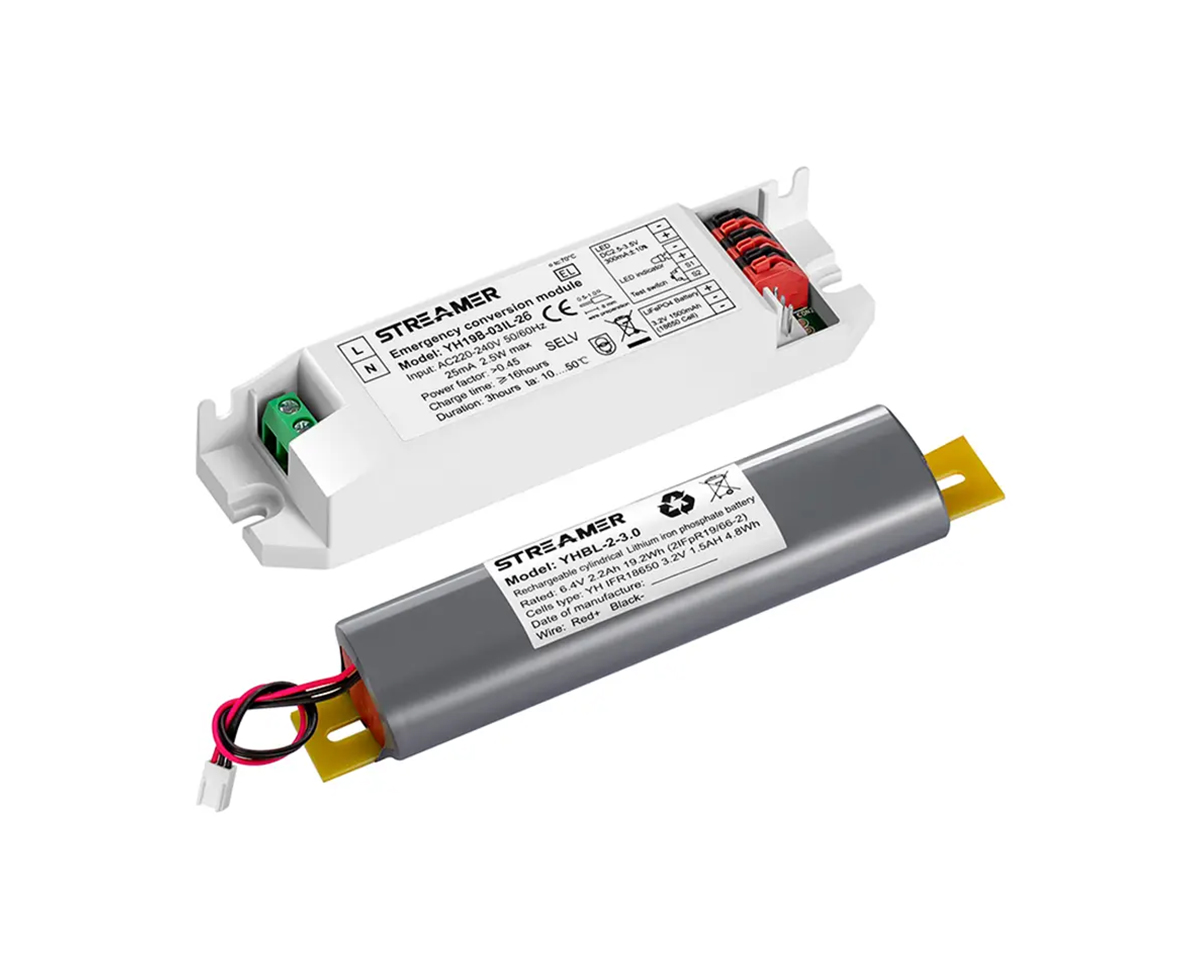 1
1
 Feb 02, 2025
Feb 02, 2025

Corrosion resistance is a vital characteristic of LED emergency power supplies, especially in environments where they are exposed to corrosive substances. These substances can include saltwater (in coastal areas or marine applications), chemicals in industrial settings, or even moisture in combination with certain pollutants in urban environments.
LED emergency power supplies are designed with corrosion - resistant materials to combat these challenges. The housing of the power supply is often made of materials such as stainless steel, aluminum alloys treated with anti - corrosion coatings, or high - performance plastics. Stainless steel is highly resistant to corrosion due to its chromium content, which forms a passive oxide layer on the surface, protecting the metal from further oxidation. Aluminum alloys, when properly treated with coatings like anodizing, can also provide excellent corrosion resistance. Anodizing creates a thick, durable oxide layer on the aluminum surface, enhancing its resistance to corrosive agents.
The internal components of the LED emergency power supply are also protected against corrosion. Circuit boards are coated with a special anti - corrosion coating. This coating not only repels moisture but also provides a barrier against corrosive gases and chemicals. Additionally, metal components within the power supply, such as connectors and screws, are often made of corrosion - resistant materials or are plated with materials like zinc or nickel. Zinc plating, for example, provides a sacrificial layer that corrodes before the underlying metal, protecting it from damage.
Corrosion resistance is tested using various methods. Salt - spray testing is a common method where the LED emergency power supply is exposed to a fine mist of saltwater in a controlled chamber. The duration of the test can vary, but typically it lasts for several hours or even days. After the test, the device is inspected for any signs of corrosion, such as rust spots, pitting, or degradation of the protective coatings. Another test is the chemical exposure test, where the power supply is exposed to specific corrosive chemicals relevant to its intended application environment.
In industrial settings, where LED emergency power supplies may be exposed to harsh chemicals, corrosion resistance is crucial to ensure uninterrupted operation. In coastal areas, where salt - laden air can cause rapid corrosion, a highly corrosion - resistant power supply is essential. A power supply with good corrosion resistance will have a longer lifespan and require less maintenance, making it a more reliable choice for emergency power applications in challenging environments.
How Many Hours Does an LED Emergency Light Need to Be Charged Once?
The charging time of an LED emergency light varies depending on several factors, primarily the capacity of the internal battery and the charging current provided by the charger.
Most common LED emergency lights are equipped with rechargeable batteries such as nickel - cadmium (Ni - Cd), nickel - metal - hydride (Ni - MH), or lithium - ion (Li - ion) batteries. For instance, a typical LED emergency light with a Ni - Cd battery of around 6V and 4Ah capacity, when charged with a standard charger outputting a current of about 0.4A, in real - world scenarios, due to factors like battery self - discharge, inefficiencies in the charging circuit, and the battery's state of health, the actual charging time might be slightly longer, usually around 12 - 14 hours.
If the emergency light uses a Li - ion battery, the charging process is more complex as Li - ion batteries require a constant - current - constant - voltage (CC - CV) charging method. A Li - ion battery in an LED emergency light, say with a capacity of 3.7V and 2Ah, during the constant - current phase, might be charged at a current of 0.5A. The constant - current charging will continue until the battery voltage reaches its rated full - charge voltage. Then, the charging enters the constant - voltage phase. The overall charging time for such a Li - ion - powered emergency light is typically around 4 - 6 hours, but again, this can be affected by the quality of the charging circuit and the battery's condition.
Manufacturers usually provide specific charging time recommendations in the product manuals. It is crucial to follow these guidelines. Overcharging can lead to battery overheating, reduced battery lifespan, and in extreme cases, pose a safety risk. Undercharging, on the other hand, will result in a lower - than - expected backup time when the emergency light is needed.